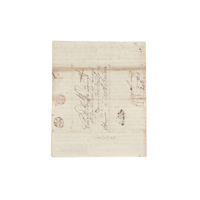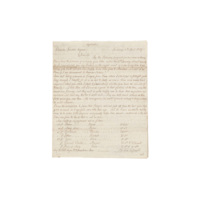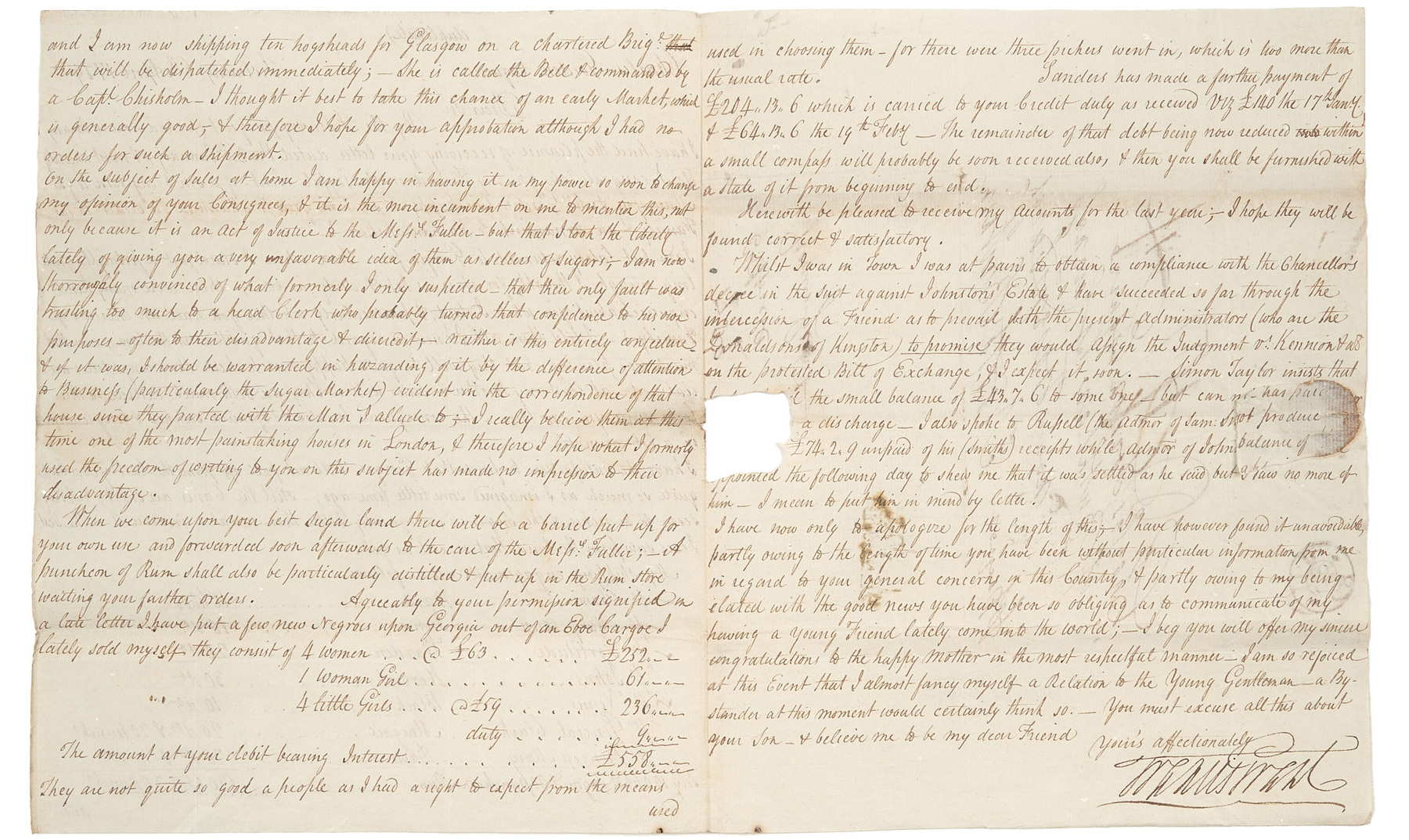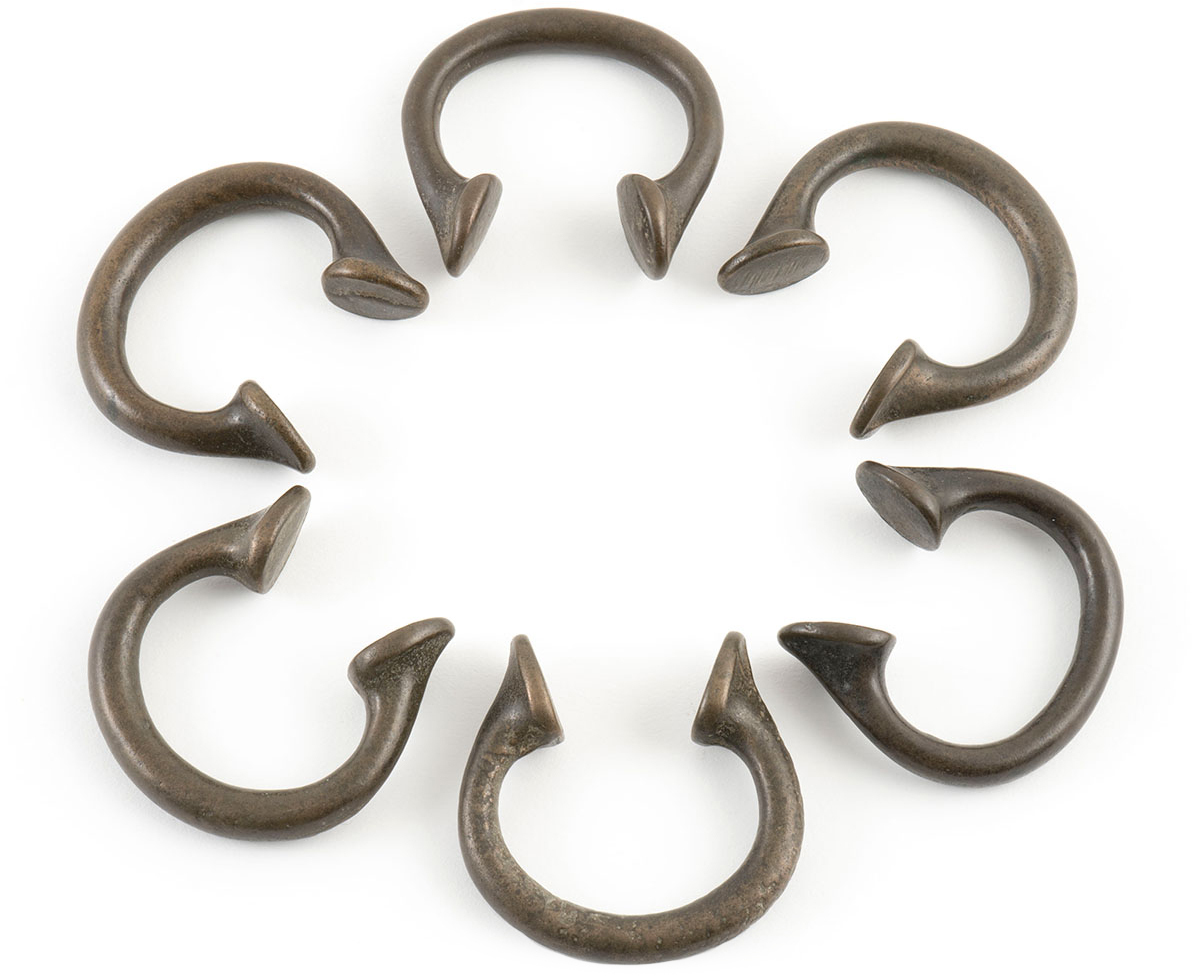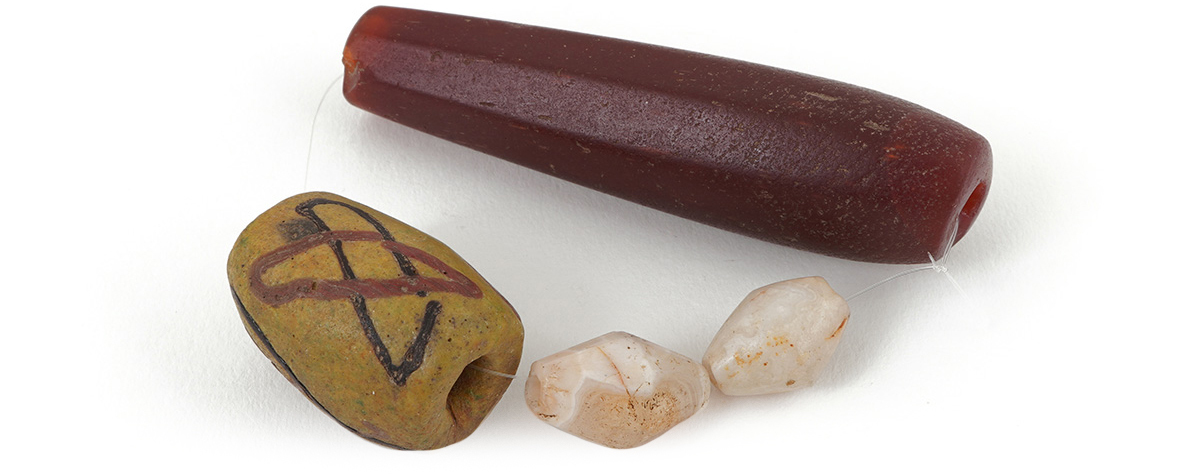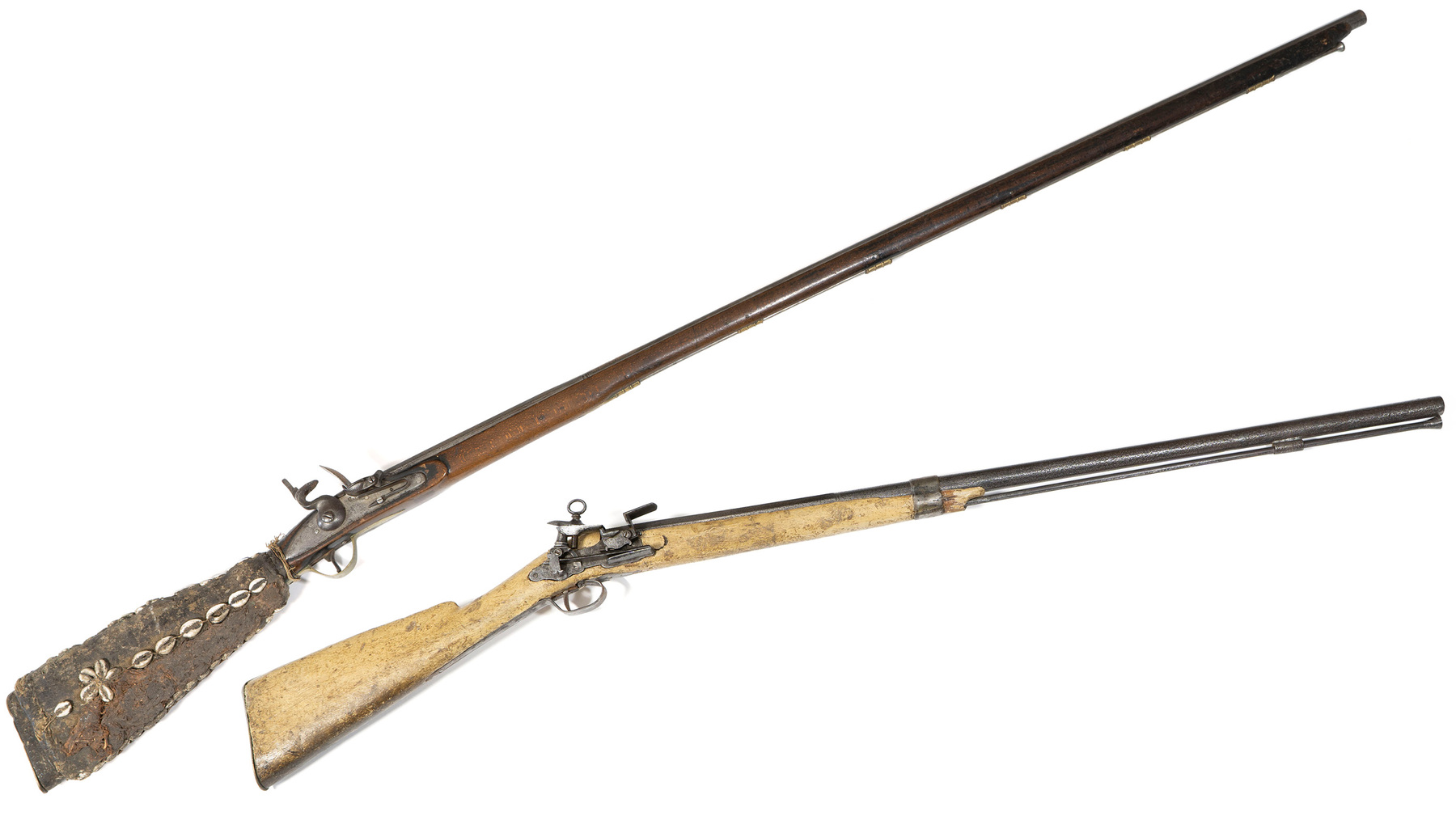Enslavement


This exhibition is about slavery in the Atlantic world between the 17th and 19th centuries.
While slavery has existed – and continues to exist – in other times and places, treating people as objects to be owned, traded and exploited at that scale is unparalleled. To justify the treatment of people in this way depended on Europeans seeing them as sub-human. That they were not Christians was an early justification; later the idea of race was developed and survives, despite having no scientific basis.


Aberdeen dockside in 1789, with Virginia Street and the 'shugarey' or sugarhouse. Reproduced with permission of the National Library of Scotland.
Aberdeen and its region were heavily involved in racial slavery.
Unlike Glasgow, Liverpool and Bristol, no ships sailed from Aberdeen to transport people from Africa to the Americas. However, many Aberdonian sailors and captains worked on such ships, while others worked in the West African trading forts of the Royal African Company where people were enslaved. This included people captured as prisoners during wars between African kingdoms, and others abducted so that they could be sold into slavery.
Goods produced by enslaved people arrived in Aberdeen’s port and were traded in the city, including sugar, rum, cotton, and tobacco. As early as the 1630s, Aberdeen merchant John Burnett was importing tobacco from Virginia. The names of Aberdeen’s streets record the significance of this colonial trade: Imperial Street, Virginia Street, Sugarhouse Lane and Jamaica Street.

Letter describing the enslavement of women and girls
This letter written in 1798 records how nine Igbo (Eboe) people from what is now South-East Nigeria were trafficked to the Georgia Estate in Jamaica. Over 100,000 Igbo people were forcibly enslaved in the late 18th century, many of them women. The estate manager wrote:
"Agreeably to your permission signified in a late letter I have put a few new Negroes upon Georgia out of an Eboe Cargoe I lately sold myself, they consist of
4 women @ £63 £252
1 woman girl £61
4 little girls @ £59 £239"

Manillas
Copper has been traded within West Africa for thousands of years. By the 1600s, it was often made into currency in the form of arm rings with distinctive forms in different regions. Known as 'manillas' among British and Dutch traders, these ones were probably mass-produced in England to match West African designs, and may have been used in teh trade in enslaved people.

Aroko
Cowrie shells, imported from the Indian Ocean, were also used as a currency along the West African coast. These cowries have been made into an Aroko, a symbolic device of the Yoruba people used for sending secret messages. European enslavers also imported cowries to use in their trade.

Beads
Beads were used as prestige goods and currency in West Africa. These beads were labelled in a 1912 museum catalogue as ‘glass slave beads used in slave barter in West Africa, 18th century’, but there is no other evidence for this, and early 20th century collectors often associated objects collected in Africa with slavery despite having no proof.

Trade guns
Europeans shipped 20 million guns to Africa to encourage warfare, and so create prisoners of war who could be enslaved, and weaker kingdoms that could be dominated. These Spanish and Danish guns were not the latest European technology, but were older firearms that would not threaten European power.



